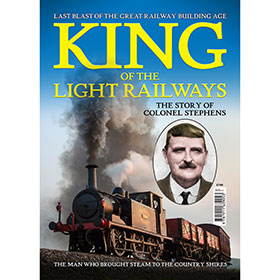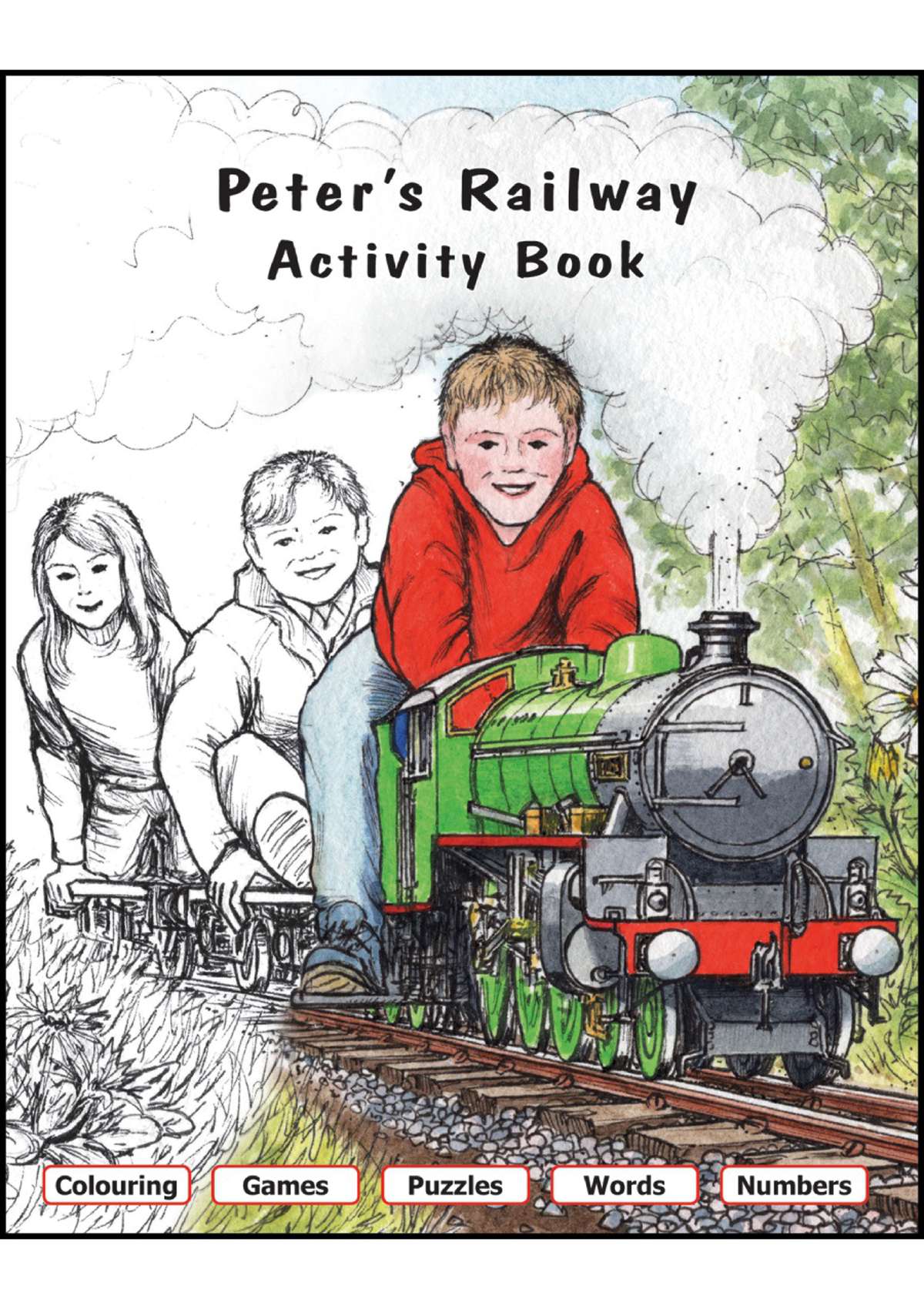King of the Light Railways
Just as the final curtain was falling on Britain’s great railway building age, a larger than life engineer emerged to give light rail one last hurrah.
Colonel Holman Fred Stephens carved out a unique career of planning, building and managing budget railways to serve towns, villages and sparsely-populated rural communities long overlooked by the main line companies.
Using the provisions of the 1896 Light Railways Act, he drew up schemes to construct rural lines ‘on the cheap’ with minimalist stations and infrastructure. His use of second-hand locomotives, carriages and wagons in many ways set the scene for today’s heritage railway sector, nowadays a sizeable plank of the UK tourist economy.
However, Stephens’ small ‘kingdom’ of 17 light railways appeared after the dawn of the motor car and more versatile road transport. Ingenious as his lines were, could not but find themselves swimming against the tide which made their closures inevitable.
This publication looks in detail at Stephens’ portfolio, which included the Kent & East Sussex, Ffestiniog, Welsh Highland and East Kent railways which are still with us today, along with legendary names such as the Weston, Clevedon & Portishead, Shropshire & Montgomeryshire, Ashover, the Selsey Tramway and others, plus the two lines that remain part of today’s UK national rail network.






